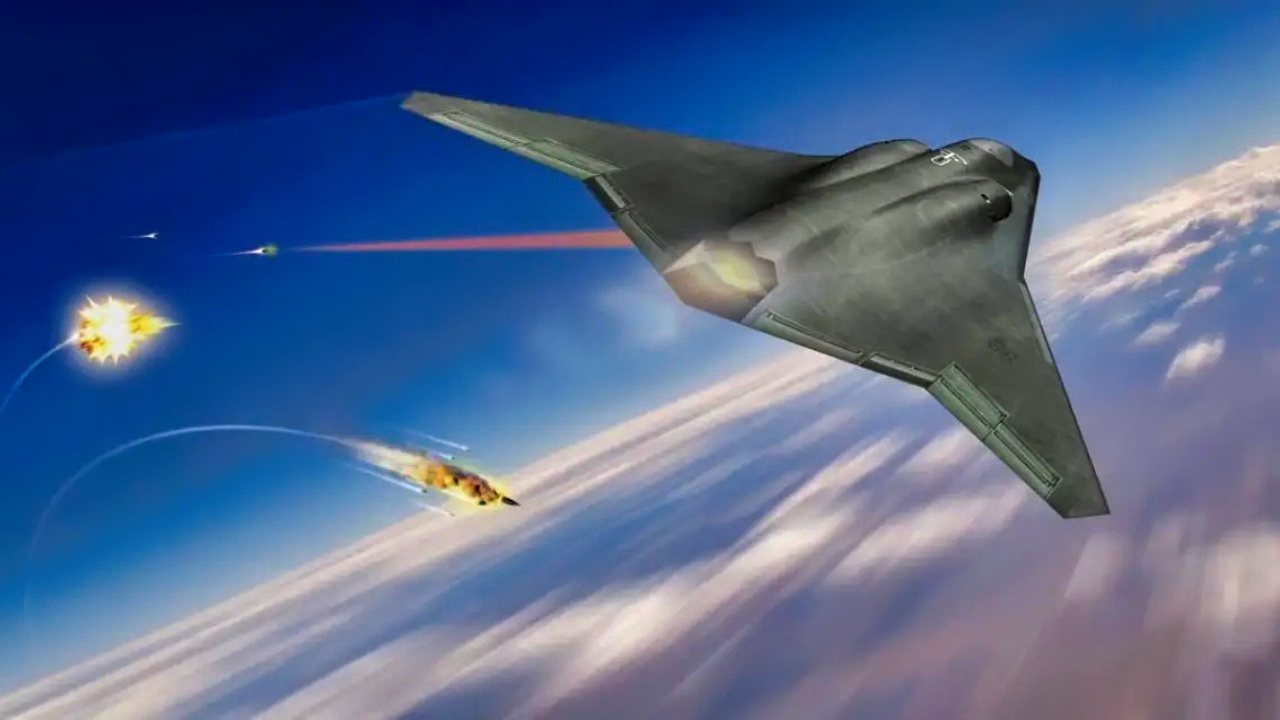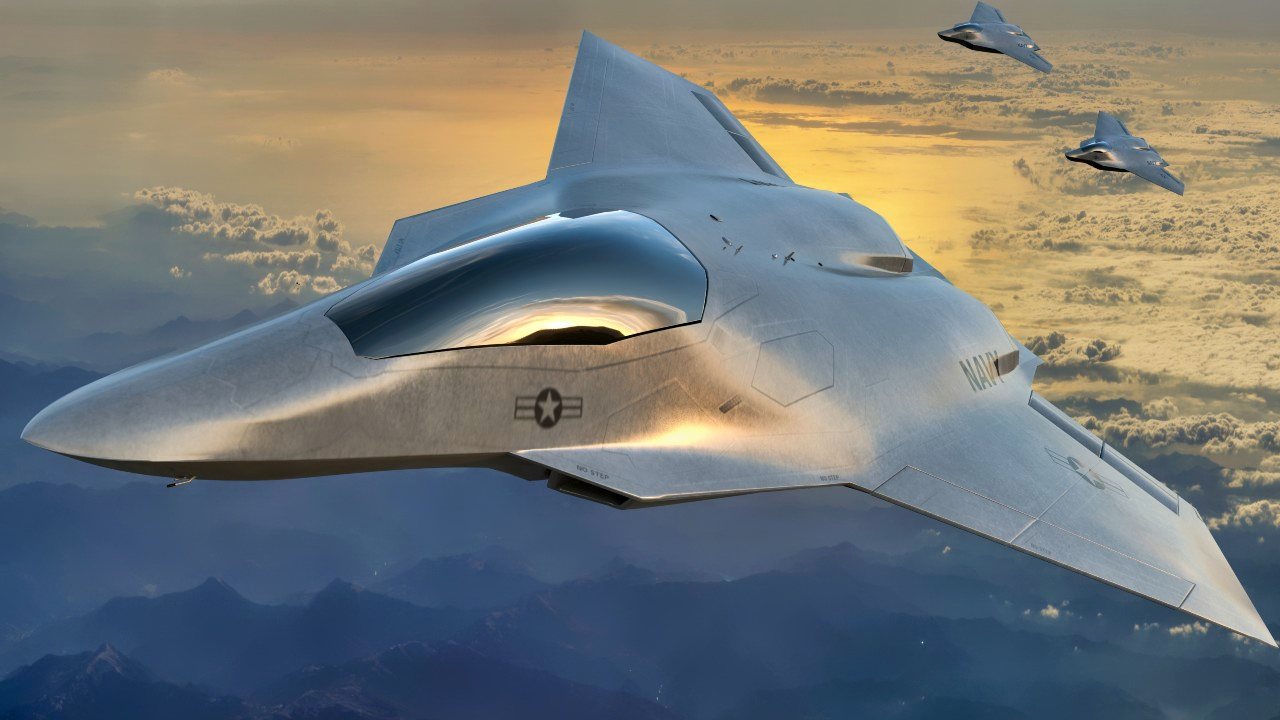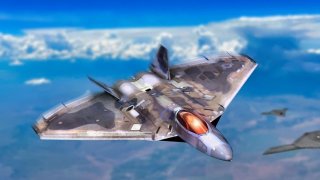The U.S. Air Force Wants NGAD Fighters ASAP
The U.S. Air Force is aggressively advancing its sixth-generation stealth fighter, the Next Generation Air Dominance (NGAD) program, with a budget request nearing $3 billion to counter China's military expansion.
Summary: The U.S. Air Force is aggressively advancing its sixth-generation stealth fighter, the Next Generation Air Dominance (NGAD) program, with a budget request nearing $3 billion to counter China's military expansion. This funding boost, aimed at research, development, and the Collaborative Combat Aircraft program, signifies the Air Force's commitment to maintaining aerial superiority. The NGAD, a top-secret project expected to feature manned and unmanned capabilities and control drone swarms, aims to succeed the F-22 Raptors with an anticipated operational timeline in the 2030s. Despite budget caps and high costs, the Air Force prioritizes NGAD to ensure future combat readiness and technological edge.
NGAD: Unveiling the Air Force's Multi-Billion Dollar Plan for Next-Gen Superiority
The U.S. Air Force wants its sixth-generation stealth fighter jet to be operational as soon as possible, and the service is willing to spend billions to make it happen.
With China’s military buildup looming in the background, the Air Force’s latest budget request includes almost $3 billion for the Next Generation Air Dominance (NGAD) program.
The service allocated $2.8 billion in its budget request for research and development on the NGAD.
An additional $600 million goes to the Collaborative Combat Aircraft program, a joint venture between the Air Force and the Navy that seeks to develop new warfighting capabilities such as unmanned aerial systems, autonomous technologies, and software.
The Navy is also working on a sixth-generation stealth fighter jet for its air fleet. Titled F/A-XX, the platform will share similar capabilities with the combat aircraft that comes out of the NGAD program.
“We’re very, very fixated on being competitive with the pacing challenge [of China],” Air Force Secretary Frank Kendall told reporters earlier in March, ahead of the Air Force’s budget release.
The Air Force expects NGAD to be operational in the 2030s.
“I think the budget that we’ve submitted moves us forward — not quite as fast as we would like to, but it moves us forward in the right direction while maintaining the current capabilities that are essential to the nation. So I’m pretty comfortable with what we’re asking for, given the constraints that we have,” Kendall added

Congress has imposed a cap on military spending ($895 billion for Fiscal Year 2025), so the Department of Defense has to decide how to best allocate funds among the services. With the threat of a large-scale, conventional conflict with a near-peer adversary looming larger each year, these are high-stakes decisions that can shape the future.
The NGAD, Explained
Air power defines conflicts. More capable aircraft and more numerous aerial assets give any military a far better chance of prevailing against its adversary.
The NGAD is a highly classified program, and little is known about the exact capabilities the Air Force wants from its next-generation stealth fighter jet. From what is known, the NGAD will likely be able to operate in manned and unmanned configurations. It will probably be able to guide and control swarms of drones.

When it comes to missions, the NGAD fighter jet is intended as an air superiority combat aircraft whose job it is to clear the skies of enemy fighter jets, thus clearing the way for other friendly aircraft. The Air Force intends the NGAD to replace its aging fleet of F-22 Raptor stealth fighter jets. The Pentagon expects the NGAD to come with a rather hefty price tag of $300 million per aircraft.
About the Author
Stavros Atlamazoglou is a seasoned defense and national security journalist specializing in special operations. A Hellenic Army veteran (national service with the 575th Marine Battalion and Army HQ), he holds a BA from the Johns Hopkins University, an MA from the Johns Hopkins’ School of Advanced International Studies (SAIS). He is pursuing a J.D. at Boston College Law School. His work has been featured in Business Insider, Sandboxx, and SOFREP.


